

Brenton81
-
Content Count
35 -
Joined
-
Last visited
Posts posted by Brenton81
-
-
Power off the unit. Put a jumper on CON 30. Power it back on for one minute, then power it off. Remove the jumper and power it back on. That should reset the RS-485 and RS-232 baud rates, the administrator and supervisor passwords, the camera and preset settings, and the site number (back to 9).
-
Default Site ID is 09, I believe. You change the number in the internal menu, so it's not something anyone is able to do with yours right now. I'll do a little looking. I know I had the procedure for resetting a MegaPower LT to factory defaults at one time.
-
Is the keyboard set to the same site number as the MegaPower?
-
You don't need a different email address, just a different SMTP server. I switched from Gmail's to my internet service provider's but still use my Gmail address as the destination.
-
Gmail no longer supports SSL. You're going to have to use a different SMTP server.
-
I'd try setting it to RS-232 mode, 9600 baud then. I'm not sure which mode the MegaPower defaults to.
-
The communication settings on the MegaPower LT have to match those of the CC300 or they wont talk to each other. They may have reset when the fuse blew. I believe the default baud rate on the MegaPower for ADNet is 19200 and the default RS-232 setting is 9600, 8 bits, 1 stop, no parity. Unplug the keyboard cable for a moment. When you plug it back in, it should show you whether it's in RS-232 or RS485 mode and what the baud rate is. If it isn't one of the default values, you can try setting it to one of them.
Unplug the keyboard and plug it back in. Press the Shift and Menu Escape buttons at the same time when it starts booting up. The display on the keyboard should say "Special Configuration". Press the rewind button. Select RS485 or RS232 using the 1 or 2 number buttons and then press enter. Use the 0 button to move through the baud rates until you get to the default value. Select it and let the keyboard boot up again. Hopefully that'll get you back in business.
-
The ones with the dual boards are older. They're actually not 2000's but the RA480 series, if I remember correctly. It's been a while since I've worked with them. They only use RS-422 protocol for communication so you'll need a SensorNet to RS-422 converter to be able to control them. The model number for it should be RCSN422.
-
I couldn't get mine to work with smtp2go either. I ended up using my internet service provider's SMTP server.
-
Gmail discontinued SSL support a while back. You'll have to use a different SMTP server.
-
-
I went through this same thing about a week ago with a Hikvision DVR. The hard drive was bad (still under warranty though). I put a new drive in, initialized it without a hitch and it's been running just fine since then.
-
Try turning on the "allow less secure apps" setting in your Gmail account. This was the issue with my parents (Hikvision) DVR. Email works fine now.
-
If you want to use the on screen controls with no TouchTracker involved, you need one of these USB Control Modules. It plugs into the back of the Intellex and you connect your SensorNet cable to it. Then select the USB control module in the camera handler menu.
If you end up going the ADTT16E route, you connect the TouchTracker to the back of the Intellex via the DB9 cable, like you've already done, and then select ADTT16E in the camera handler menu. That will give you dome control from both the TouchTracker and the onscreen display. In your original post you mentioned your SensorNet cables weren't plugged into anything. If you go the TouchTracker route, each end terminal of the five pin terminal block on the EIM gets one SensorNet wire. The middle three are for the power going into the EIM.
-
The VM96RTT option in the dome control selection area is used when you hook up the Intellex to the VM96 matrix switcher. If you're just using the Intellex, you need an ADTT16E TouchTracker for PTZ and display control. The one you have now is designed specifically for the VM96 and wont work on the Intellex.
-
The AD2088 can't be connected directly to the Intellex. It's designed for use with a matrix switcher. What you need is an ADTT16E TouchTracker controller. That will connect to the back of the Intellex and allow you to switch the cameras on the screen, change the display, etc. and give you dome control via SensorNet protocol. I know very little about Checkpoint cameras. The few times I worked with them, they where a pain. I seriously doubt they would communicate with an American Dynamics controller.
This is an ADTT16E. There is also a small white box called an EIM that you'll need, along with a 24 volt AC power supply.
-
I've been using the Seagate SV35 drives for a couple years now, after having some WD Greens die on me. I've got three 2TB drives in my DVR here at home (American Dynamics TVR) and haven't had any problems with them. I've also put them in a few Intellex units and a Ganz DigiMaster without any issues so far.
-
-
I don't think you're overlooking anything. I have a Hikvision DVR as well (rebadged as American Dynamics). I've got the alarm trigger option when I use the remote client software but when I connect through the plain web interface, there's nothing for alarms anywhere.
-
That dome camera looks like an American Dynamics SpeedDome Ultra.
-
Yes, you can. There are a few ways to do it. You could run one cable to each camera from the EIM. That would be a Star topology. The EIM would be unterminated and each camera would be terminated.
You could also daisy chain them. You would run one cable from the EIM into the first camera, then from the first camera to the second camera, second to third and so on. The EIM would be terminated and the last camera on the line would be terminated. Each camera in between would be unterminated.
You could also use that SensorNet to RS422 converter if you're going to hook up all six cameras. Each camera would have its own run from the ports on the back.
-
To keep it simple for you right now, you can remove the SensorNet to RS422 converter from the equation.
Since you're using a TouchTracker 16 for control, it's probably safe to assume you've got one of these EIMs hooked up to it as well.
The center three wires (white, red and black) on the plug are for your 24 VAC power supply to the TouchTracker. The two outer wires (yellow and orange) are your SensorNet communication wires. Connect these two wires to the S+ and S- terminals on the plug at the SpeedDome housing and you should be good to go. SensorNet isn't polarized so it doesn't matter which one goes to the + and which one goes to the -.
You can set the dome address to anything between 1-64.
-
-
Have you checked to see if 9-16 are set as Covert? Go to Setup, then Cameras, then the Covert Mode tab. Make sure it says Normal next to cameras 9-16.

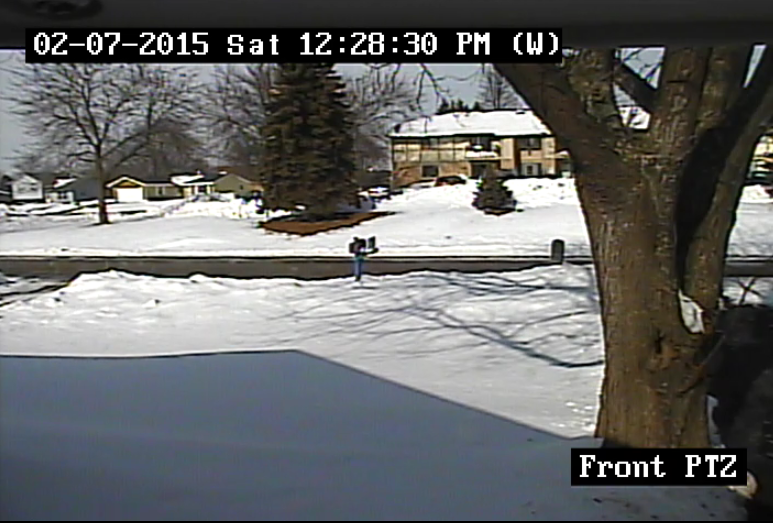
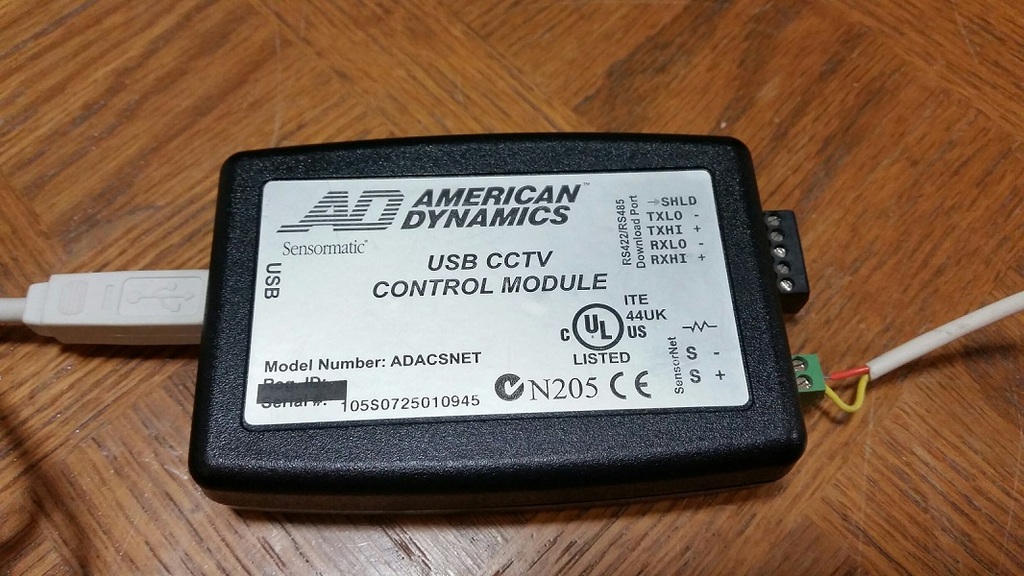
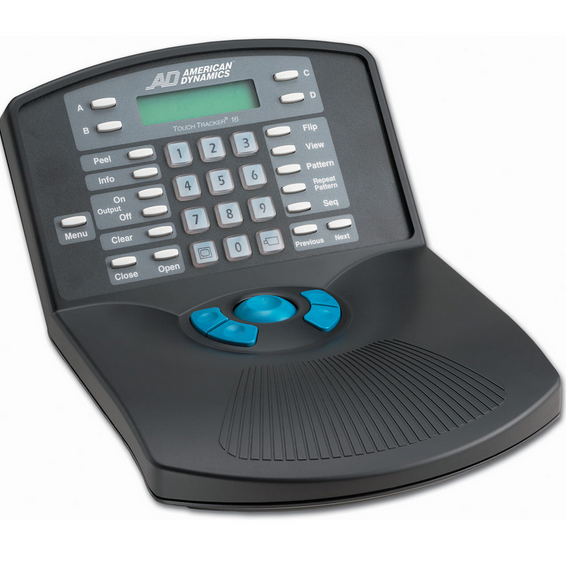
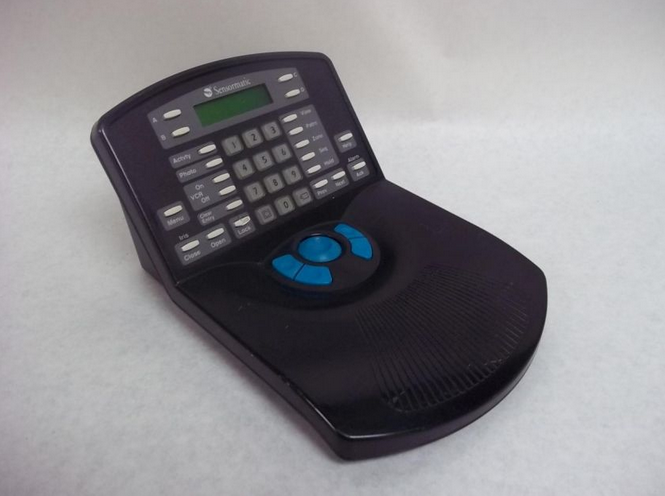
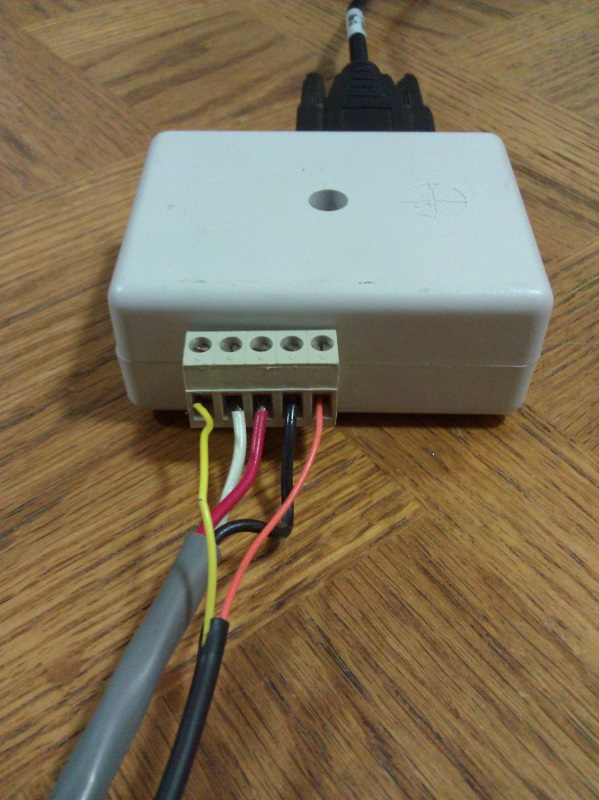
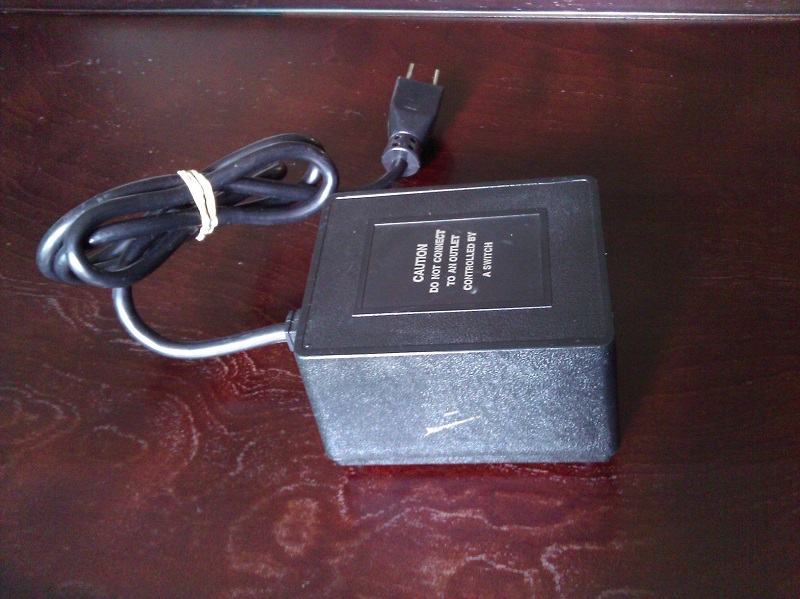
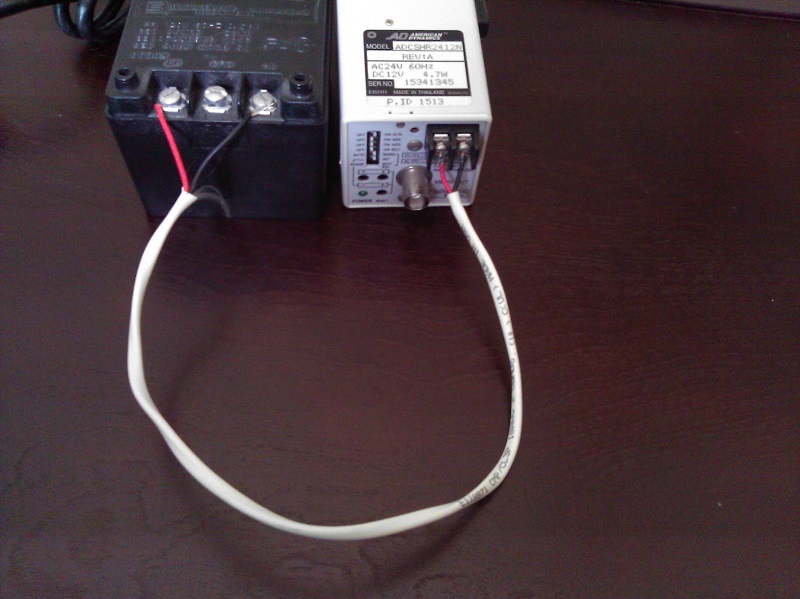
disk i/o error
in General Digital Discussion
Posted
I had an Intellex originally for my home system. (It's now sitting in my basement collecting dust too.) As much as I liked it, it recorded in just under 2CIF resolution, had no mobile app and didn't email snapshots on alarms. I eventually replaced it with an American Dynamics TVR series recorder. If I was in your position, I'd probably just go for something new. To get yours working again, you'd need to install a new HDD and find the proper recovery discs for it.